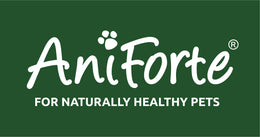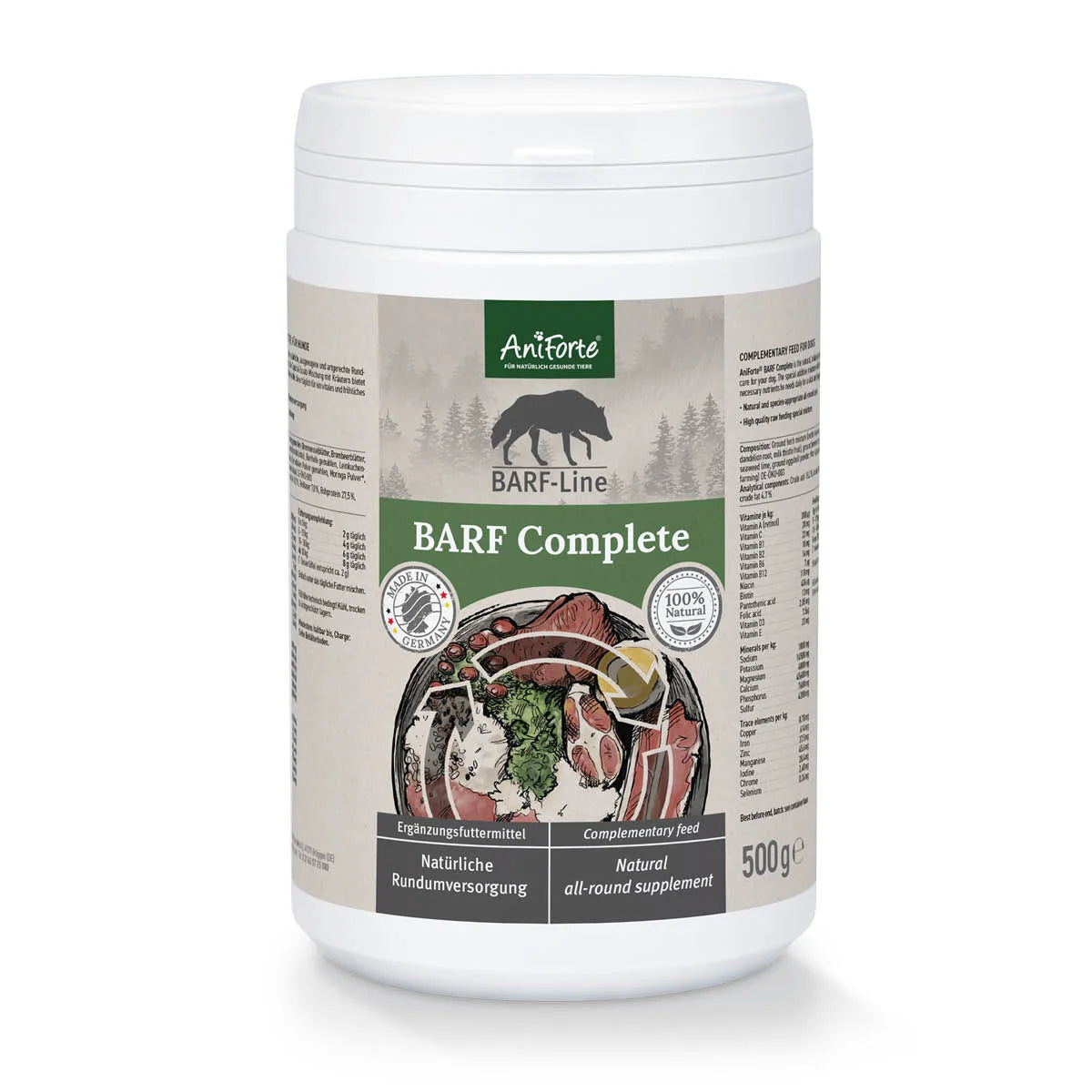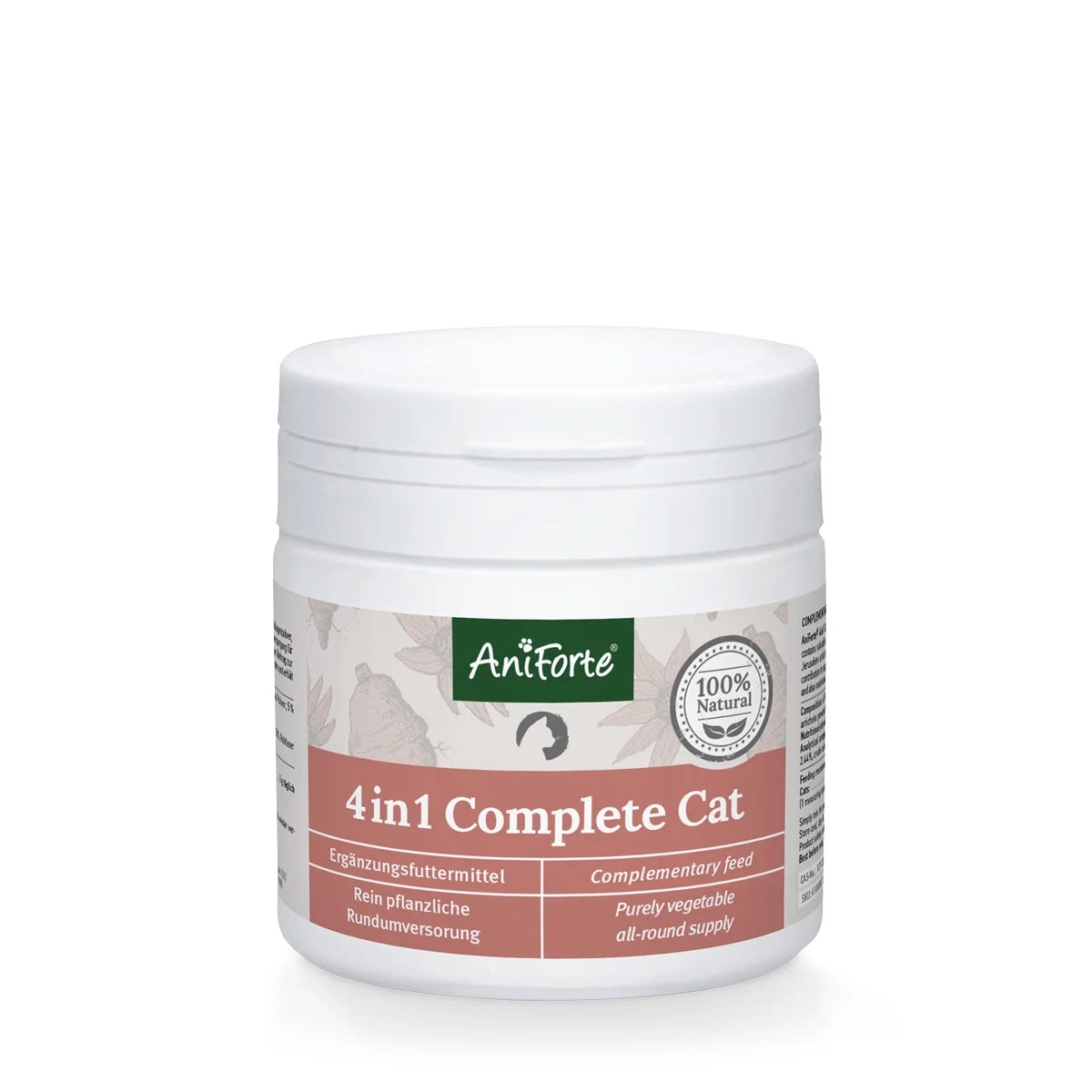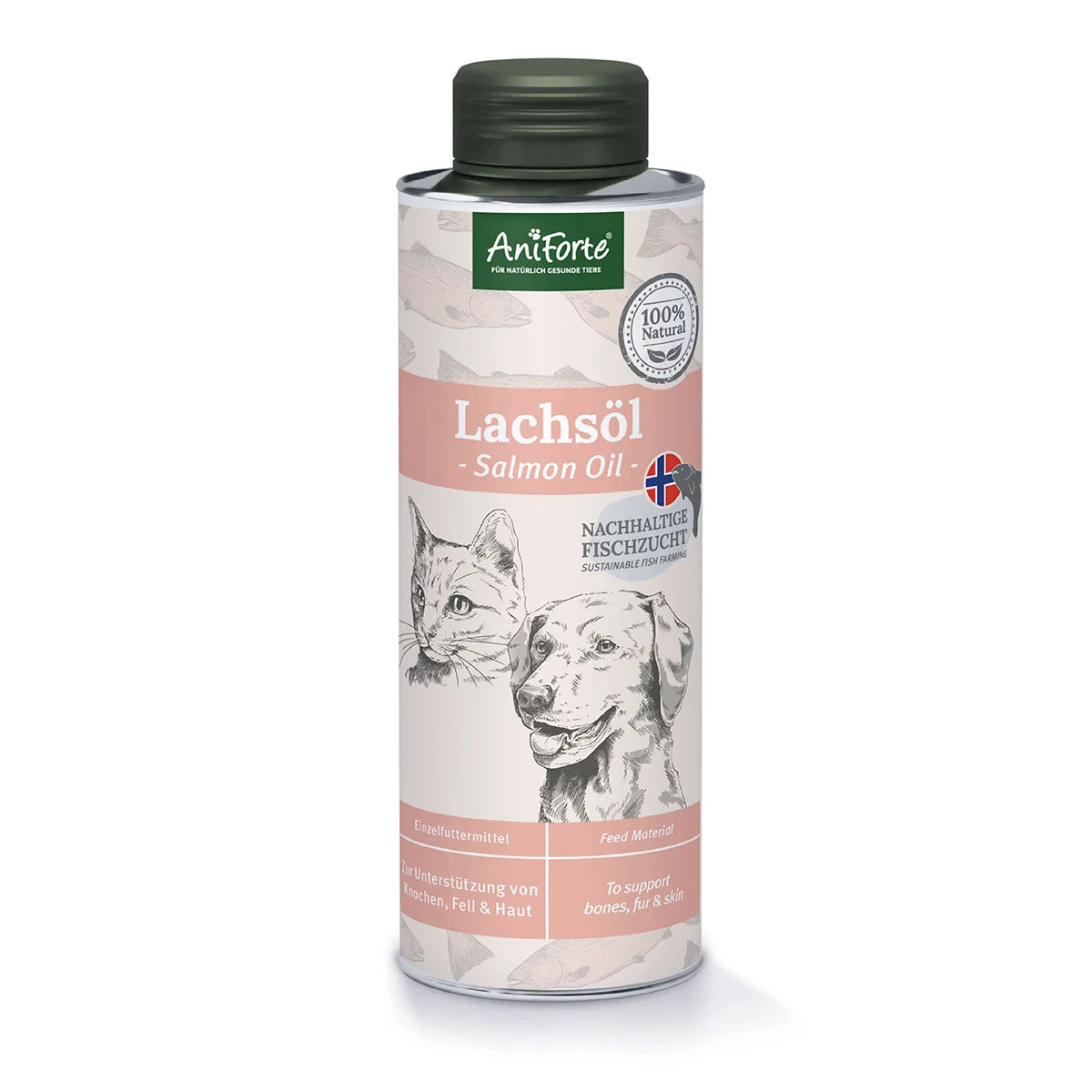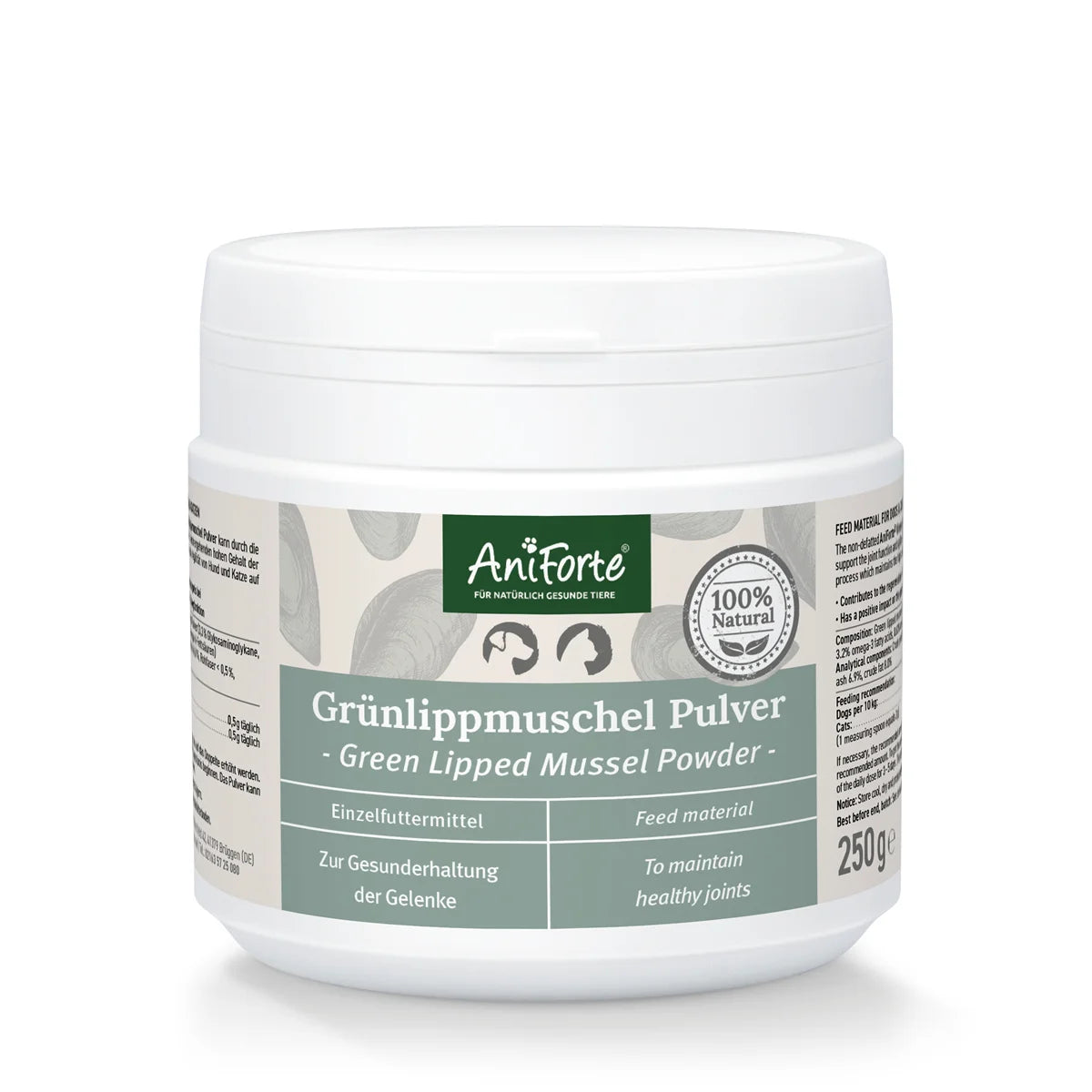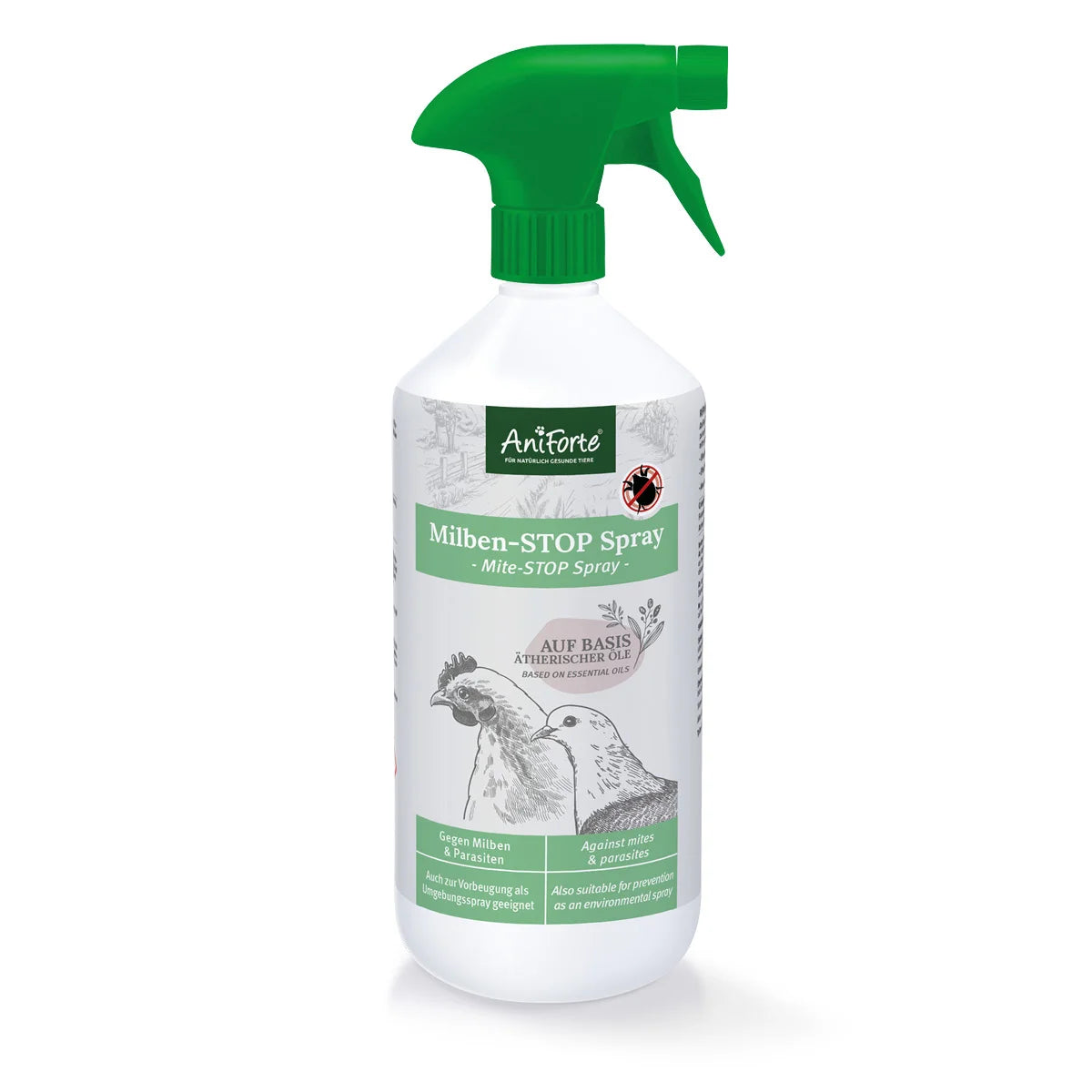
Renal insufficiency, diabetes, allergies and gastrointestinal diseases are common everyday illnesses in cats and have even increased in recent years. As a consequence, more and more cat owners are considering to start their cat on a raw fed diet, or BARF (BARF stands for Biologically Appropriate Raw Food), because natural and species-appropriate feeding is the best way to keep your pet healthy. Raw, unprocessed foods contain natural vitamins, minerals and trace elements. In contrast, ready-made food usually only contains added artificial vitamins. Today we will explain raw feeding for cats and show you how to put together the daily meals for your beloved cat.
How healthy is raw feeding for cats?
While raw feeding for dogs has been popular since the 1990s, raw feeding for cats has only been discussed for about 20 years. Raw fresh meat is supplemented with bones, offal, high-quality fat or salmon oil, imitating the natural diet of your feline friend.
However, before you decide to raw feed your cat, we recommend consulting an expert, so possible underlying diseases and allergies can be taken into account from the outset.
raw feeding cats has many advantages, both for the animal and for the owner. You have full control over what your cat eats and you’re able to adapt the individual components to their needs. You can react to your cats individual needs and also keep an eye on the vitamin intake and utilisation of your four-legged friend. For example, an active outdoor cat needs more food than a cat that is kept exclusively indoors.
Your cat receives the food in an unprocessed state, so she only consumes natural vitamins and minerals. In contrast, in industrial cat food many important nutrients are being lost during the manufacturing process.

In addition to the individual food composition, more flexibility and variety in feeding and a natural absorption of nutrients, BARF also has significant health benefits for your cat: the intensive chewing of the raw meat supports dental care and reduces plaque and tartar. Your cat will also benefit from improved nutrient utilization. This leads to smaller amounts of feces and a firmer excrement consistency. The cat’s muscles and immune system as well as the texture of skin and coat also benefit from barfing.
Getting your cat used to the new diet
Your cat's raw food menu should make up around 2-3% of its body weight per day. House cats are carnivores, so the majority of the food naturally consists of meat. Offal, bones, fat and supplements are added to the basic muscle meat. Lungs, udders and tripe are less suitable for cats. They have a high proportion of connective tissue and are not processed well by felines.
Meal composition:
- 95% meat (including offal, bones and fat)
- 5% vegetables/supplements + oils for cats as required

Cats are very sensitive concerning their everyday habits. They generally are not fans of experiments and tend to refuse food that is unfamiliar and unknown to them. In order to switch to raw feeding, you should proceed as follows:
Start with 80% of the traditional food and 20% of the new BARF meat. You can simply mix it directly with the regular food. This way, your cat can slowly get used to the new taste. Instead of whole chunks of meat, you can also use raw minced beef. Gradually, you increase the dosage of raw meat and add some fresh vegetables and fruit. It is best to feed the plant-based ingredients pureed so that your cat's organism can process them better. The BARF changeover should last 2-3 weeks – by then the cat’s body should have adapted to raw feeding.
Please note that not every cat prefers raw feeding over their known food, so you may have to stick to the conventional diet. You know your furry friend best and know how sensitive they are. But it is definitely worth a try to switch to raw feeding.
What raw meat can cats eat?
There are almost no limits when it comes to raw meat for cats. You can use almost all common types of meat with the exception of pork (see below). In addition to fresh raw meat, you can also use frozen meat, which is easier to store for a longer period of time.
Suitable BARF meats: beef, lamb, horse, chicken, goose, turkey, rabbit, venison
Regularly incorporate fish into the menu
Vary the BARF meal and feed fish 1-2 times a week. Individual prey, such as mice and chicks, can also be fed whole as this comes closest to the cat's natural prey.
Bones are part of it, too
Many pet owners refrain from feeding bone to their animals. But bones should be on the cat’s menu 1-2 times a week. They supply important calcium and stimulate bowel function through their dense mass. Soft bones are best for cats: chicken and turkey necks, carcasses, wings and thighs. Cartilage-containing bones such as the tips of the sternum have a very low calcium content and are not recommended for feeding.
Ingredients to stay away from
Cooked bones are dangerous - boiled bones should generally not be fed. When heated, the bone structure becomes porous and it splits more easily. This can lead to internal damage when ingested.
Raw pork is a no - under no circumstances should you feed raw pork - neither wild boar nor domestic pig. Pigs carry the Aujeszky virus, which can be fatal to your cat.
Fat is important but don't overdo it - feeding too much fat can also harm your cat and fat can put a strain on the sensitive liver. Approx. 8-10% fat per meal is completely sufficient and can alternatively be replaced with lard or high-quality oil.
No carbohydrates for cats - cats are carnivores. Vegetables, oils and the like make up only a small part of the daily diet. Foods containing carbohydrates such as potatoes, rice and pasta are not suitable for feeding house cats. They cannot break down the carbohydrates so they won’t be digested.
BARF supplements for cats
If the cat is fed raw, natural BARF supplements can be useful, especially when she refuses individual components of the raw feed. Cats often tend to refuse giblets, and bones and fish are not always popular with them either, so these nutrients have to be supplemented in other ways. Especially animals in special situations, such as illness, coat change or growth, have a higher nutrient requirement and should receive an additional supply of important vitamins and minerals.

Calcium for cats
If your four-legged friend rejects raw bones or cannot eat them, you can feed minced bones. They're just as nutritious and contain important calcium and phosphorus. Bone meal is a suitable alternative for whole or ground bones. The ground animal bones have a balanced calcium-phosphorus ratio and can easily be mixed with the feed. Both calcium and phosphorus play an important role in bone metabolism and for tooth substance, and the two minerals are also necessary for blood clotting and muscle activity.
If you don't feed any bones, or for cats with kidney disease, eggshell powder is recommended. It usually consists of 37-38% calcium and has a very low phosphorus content.
Taurine for cats
Taurine is an important amino acid in the cat's body. However, the cat cannot synthesize this nutrient itself and should be added to raw meat as a BARF additive. Although raw meat already contains taurine, it is only found in sufficient quantities in the hearts of their prey.
The average daily requirement of taurine for an adult cat is 50 mg per kilogram of body weight.

The need for taurine is higher in older, pregnant and lactating pets. Taurine deficiency can lead to poor eyesight, nervous system disorders and immunodeficiency. The amino acid in taurine has important functions for the immune system and is essential for keeping the cat’s retina healthy.
Salmon oil for cats
Salmon oil as a dietary supplement provides important fats and omega-3 fatty acids. These essential fatty acids cannot be produced by the cat's body and must be supplemented with food. The long-chain fatty acids are involved in numerous metabolic processes in the body: they have a positive effect on blood circulation, promote brain development and visual acuity and are an important component of the cell membrane. An omega-3 deficiency can be harmful to the animal's health and even cause secondary diseases. Dried out, rough fur, increased itching, skin inflammation and dermatoses are just a few possible symptoms of deficiency. Vegetable oils as an alternative to salmon oil are less recommended for cats.
Cats of normal weight (3-5 kg) should receive around 1/4 teaspoon of salmon oil daily. You can usually find the appropriate dosage on the salmon oil bottle.
BARF recipes for every day
To get your cat familiar with a routine, you can simply put together a few recipes for the whole week. We have a few suggestions for you that will add a bit of variety to the everyday meals. However, this compilation is only a guide and should be adjusted as required.
Recipe "duck feast"
35% duck meat
30% duck necks
20% duck hearts
10% duck liver
5% finely grated zucchini
Taurine and salmon oil as needed
Recipe "Chicken with Fish"
35% chicken carcass
20% rainbow trout
20% chicken heart
15% chicken stomach
10% chicken liver
5% carrot puree
Taurine and salmon oil as needed
Note: for food-sensitive pets, use a single type of meat instead of mixed meat.
Raw feeding cats is on the rise. This natural and species-appropriate way of feeding is convincing more and more cat owners. Especially for sensitive animals and cats with allergies, raw feeding is a great alternative: you not only have influence on the composition of the food, but also give flexibility and variety to your cat's diet. In addition, animal-appropriate feeding has an impact on their health and can have many positive effects.
Before switching to BARF, however, you should know your cat's needs and preferences so that you can adjust the food accordingly to avoid malnutrition with serious consequences.
In order to supply your cat with the necessary vitamins and minerals, you can use all-in-one feed supplements such as AniForte® Barf Complete Cat to ensure that your cat is getting all the nutrients she needs. Alternatively, individual feed additives can also support the cat's nutritional needs: while AniForte® Taurine supplies essential amino acids for the heart and circulation, AniForte® BARF-Line ground bones provides a great source of calcium.
